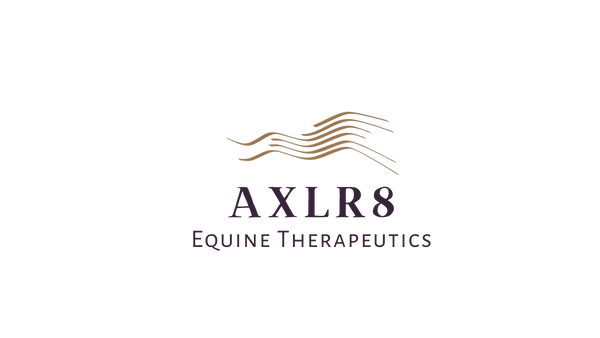The Harry Potter spell
Serratus Ventralis sounds like some kind of Harry Potter spell of magic. It is indeed magic for our horses. Is it a coincidence the muscle looks like “wings”?
Horses don’t have a clavicle attaching the front limbs to the trunk, instead they rely on muscles that form a “sling” to hold them up. The Thoracic Sling. We touched on this in our other article about What You're Missing If You're Not Seeing Results.
The impacts of thoracic sling dysfunction are broad and can manifest differently in each horse. Generally though, think, on the forehand, struggling with half halts, bracing in the neck, bulging in the neck, dipping at the top of the shoulder where the neck attaches, canter transition issues, to name a few…

When the serratus is contracting unilaterally, the weight is shifted to the limb on the side of muscle contraction – which relates to the vertical balance of the horse. When contracting bilaterally, they raise the scapula and lift the horse’s thorax – which relates to the horizontal balance of the horse.
Two additional muscles that sit in this image across the scapular & don’t get anywhere near enough credit are the Infraspinatus (back portion) and the Supraspinatus (front portion) whose function is just as important for shoulder control, abduction but also - protecting the brachio plexus nerve lines from rubbing on bone. Atrophy of these muscles usually shows up as lines on the shoulder and usually always go hand in hand with a hoof imbalance  More on those another day!
More on those another day!

